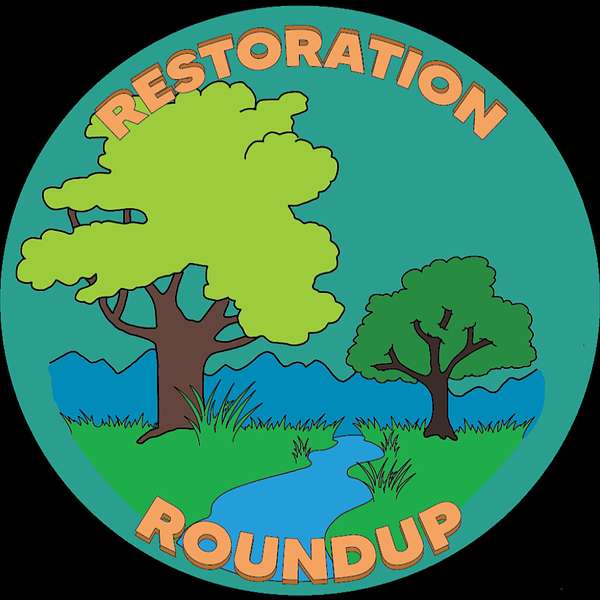
Restoration Roundup
Restoration Roundup
Alien invasion: How can we control invasive plants in restoration projects?
In this episode we interviewed Katie Kain and Ethan Tapper to discuss the effects of invasive species on riparian areas, and strategies landowners and ecosystem managers can use to control them. Katie is a Fish and Wildlife Biologist with the U.S. Fish and Wildlife Service's Partners Program in Essex Junction, VT. She works with watershed organizations, conservation districts, and state and federal partners to restore riparian habitat with private landowners. The Partners Program provides financial and technical assistance to design and implement restoration projects. Ethan is the Chittenden County Forester for the Vermont Department of Forests, Parks and Recreation. He advises private landowners, municipalities, conservation organizations, foresters and loggers on the responsible stewardship of forestland, and administers Vermont’s Use Value Appraisal program.
Invasive species pose a serious challenge to the management of riparian forests by out-competing native plants. They erode stream banks and damage habitats and ecosystem services, to name a few of the negative effects. Invasive species are incredibly difficult to control and eliminate, pushing practitioners to get creative and make difficult decisions on how to manage invasives. Listen to this episode to learn about how climate change is exacerbating the effects of invasives, strategies to control them, the challenging but essential role of herbicides, and how the process of managing invasive species has shifted how ecologists view forests.
To learn more about Vermont’s invasive plants, please go to Vermont Invasives' Gallery of Land Invasives. You can also watch a video about the most common invasive plants in forests in this region(created by our podcast guest, Ethan Tapper!). Finally, this video (also from Ethan) goes into further detail about controlling invasive plants.